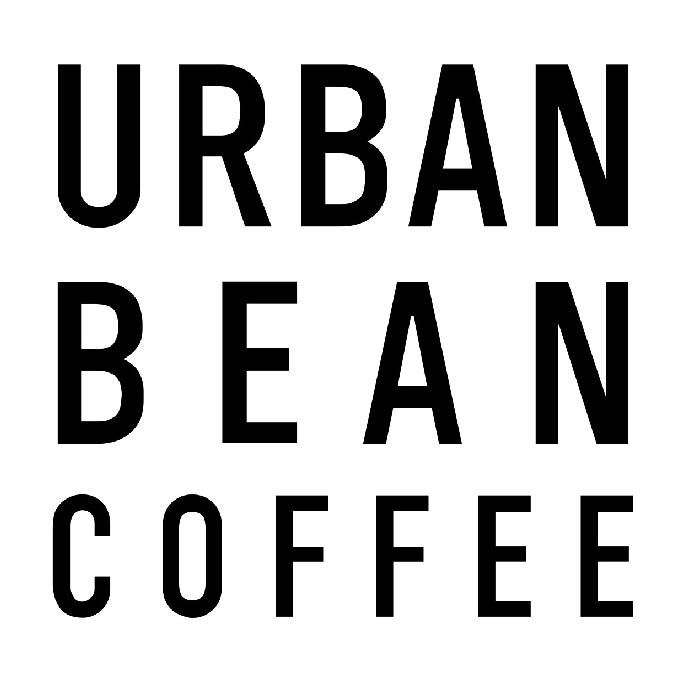Want to know about Honduran coffee? You're in the right place.
In this article, we will tell you how the coffee industry developed in Honduras, what is special about Honduran coffee beans, and how the coffee tastes.
Let's get started.
Honduran Coffee History
No one knows exactly how coffee beans came to Honduras, but it is generally believed that the Spanish brought them from the Caribbean at the beginning of the 18th century.
Documentary evidence claims that by 100 years later, Honduran farmers cultivated and roasted coffee beans in modest quantities for domestic consumption. The first officially registered coffee plantations appeared at the beginning of the 19th century, and over time, coffee exports rose to second place in the country's economy, behind only bananas. By the early 2000s, these two products were contributing equally to the national budget.
The 1990s were a challenging time for the Honduran coffee industry. On the one hand, coffee production volumes increased; on the other hand, a hurricane destroyed 80% of the coffee crop in 1998, smuggling flourished, the underground trade in coffee caused prices to spike, and speculation abounded.
Originally, Honduran coffee was not of high quality. Neighboring countries willingly bought it for a penny in order to dilute their lots with cheap beans and make good money on it.
In the late 1990s and early 2000s, the government introduced a new tax on coffee exports. The money received was directed to the development of the industry. Farmers who cultivated coffee trees were provided with tax incentives—this created the conditions for not only quantitative growth but also qualitative growth.
Today, best tasting coffee beans are grown mainly on small farms; the Honduran coffee industry creates about a million jobs. In 2019, Honduras was the 6th largest coffee producer in the world.
Geographic and Climatic Conditions
Honduras is located in Central America and is bordered by the Caribbean Sea to the north and the Pacific Ocean to the south. The country's population is just over 9 million. In the mountains, the climate is more temperate; in the lowlands, the weather tends to be tropical. Honduras's geography includes hills, valleys, coast, and jungle—you can grow coffee beans in all these areas.
Quality Control
In 2000, the Instituto Hondureño del Café (IHCAFE) was founded. Its main tasks are to:
- Promote and support Honduran coffee brands both in the country and abroad
- Train farmers
- Assist in equipping plantations and greenhouses
- Provide low-interest loans to farmers for coffee production
- Oversee quality control and train young specialists.
Characteristics of Honduran Coffee Beans
Honduran coffee beans have a full body and a sweetish, soft profile. Previously, Honduran coffee beans were considered a second-class product and was used mainly for creating blends, but recently the situation has changed for the better.
While few years ago local products were mainly suitable for home consumption and export to neighboring Guatemala, the Honduran government is now investing in education and technology, developing infrastructure, and building roads.
The best Honduran coffee varieties are all Arabica: Bourbon, Caturra, Typica, Catuai, and Pacas.
The quality directly depends on the elevation at which the coffee is grown—mineral notes are clearly felt in coffee grown at the highest plantations. The best varieties are grown in the shade of other trees, and different plants are mixed on plantations so the coffee absorbs the aromas of tropical fruits and flowers.
The overall profile is balanced and sweetish, with hints of vanilla. However, the main characteristic of local coffee products is diversity, due to the many climatic zones, soils, and other environmental conditions found in Honduras.
Honduran Coffee Growing Regions
The taste of the brewed coffee depends on the region in which the beans are grown. Below are the Honduran coffee-growing regions and corresponding flavor descriptors:
- Copan — Balanced body, chocolatey flavor, citrus and caramel notes, creamy texture.
- Opalaca — Balanced body. The bouquet is dominated by fruit tones.
- Montecillos — Sweet fruity aroma, distinct acidity, notes of peach, apricot, and orange. The acidic profile is clearly felt.
- Comayagua — The coffee is similar to beans from Montecillos, with the same acidity and fruity aromas. The brewed coffee has a velvety structure and a complex bouquet with notes of peach, mango, jasmine, apricot, lime, honey, black currant, melon, guava, hibiscus, raspberry, white grape, and mint.
- Agalta — The bouquet has fruity and caramel aromas; the taste has chocolate-caramel notes and a sweetish aftertaste. Local coffee is distinguished by a pronounced acidity and a sweetish finish.
- El Paraiso — Balanced sweet citrus flavor and aroma, distinct acidity, soft body. The bouquet reveals tones of green apple, jasmine, peach, and white wine.
